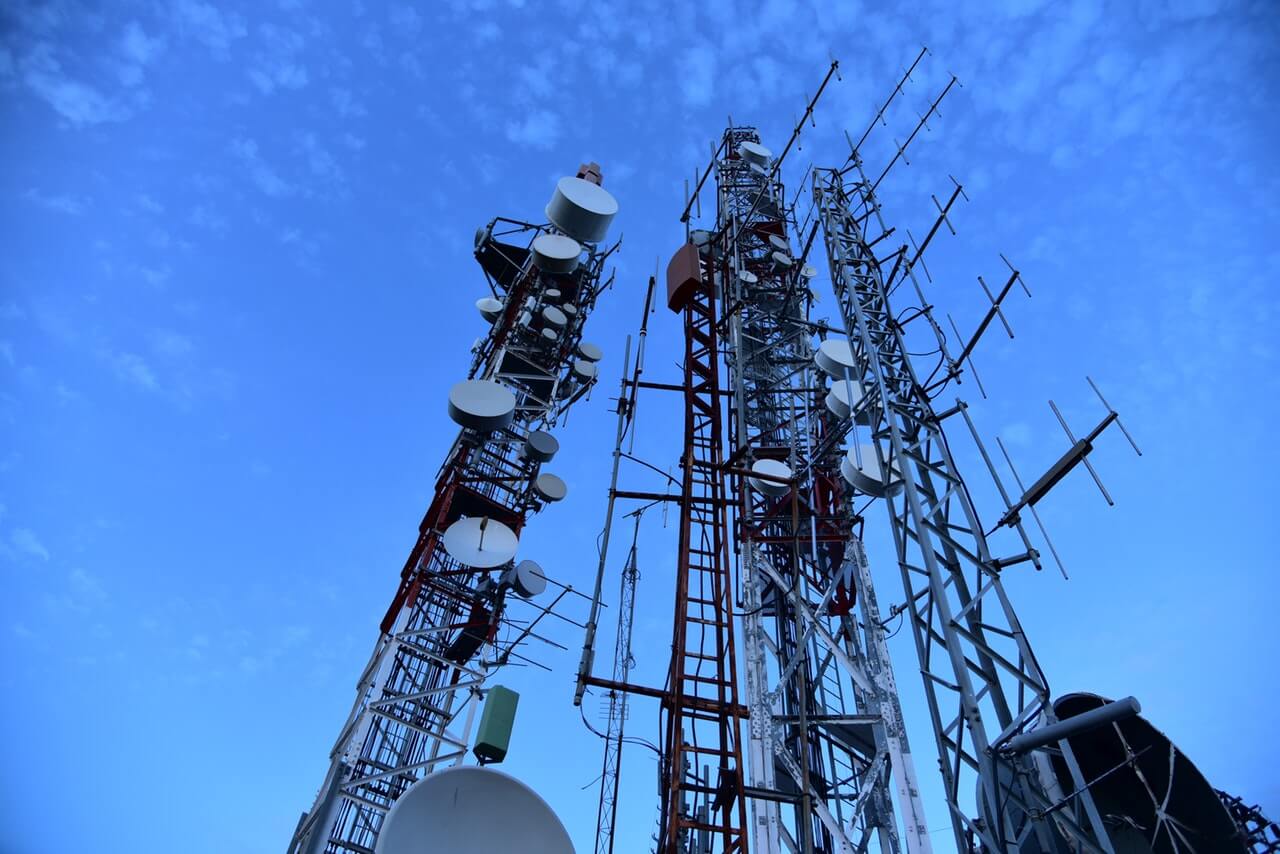
What are Cell Sites?
A cell site or cell tower is a cellular-enabled mobile device site where antennae and electronic communications equipment are placed to create a cell or adjacent cells in a cellular network. Usually installed on a raised structure, cell sites support antennae and one or more sets of transmitter/receivers called transceivers, digital signal processors, control electronics, a GPS driver for timing, primary and backup electrical power sources.
How Do Cell Towers Work?
The question that’s running on everyone’s minds right now, most probably, is how do cell towers work? It may sound complicated, but it’s actually simpler than most want to believe. When your mobile phone makes a call, it emits electromagnetic radio waves, otherwise called Radio Frequency or RF energy. The waves emitted are received by the antenna of the nearest cell phone tower. These antennas can both receive and transmit signals from mobile phones. From there, the radio waves are transmitted to a switching centre which is a telephone exchange for mobile phones and allows the call to be connected to either another mobile phone or telephone.
Are there Cell Sites Near Me?
Cell sites and towers are situated in high locations to be able to detect the radio waves. They are often easy to spot as huge, metal towers. However, some cities require that cell sites be hidden to blend in with the surrounding areas or mounted on buildings to save space. High-rise property owners then lease their rooftop to mobile carriers so they can install cell sites and towers. For this, they can contact Terabonne cell tower consultants, and get all the advice needed. Artificial or preserved trees are also used as the facade of concealed cell sites or stealth cell sites. Always check your cell tower lease agreement before having anything installed.
Why is a Cell Site needed?
The need for a cell site is identified by one or more of the following:
- The radio frequency (RF) engineering department needs to improve capacity restrictions in an area (more users are talking/surfing on a particular cell site than its radio capacity can support.)
- RF engineering department sees the need to build additional sites because of new construction in homes, businesses, or venues.
- Excessive dropped calls, poor quality phone calls, or slow data download speeds are identified in certain areas due to low cellular coverage.
- The Marketing department identifies new markets needing cell coverage.
- RF engineering department wants to optimize spectral efficiencies by moving some cell sites around to reduce interference.
- Freeway coverage needs improving to fix a known dropped call areas.
- Building coverage needs improving for surrounding homes and businesses.
- Data capacity throughput needs to be improved so that wireless users can have faster data connections for audio/video uses.
Is it Dangerous or Harmful?
Radiation and microwaves have a generally negative connotation amongst the public. Often, you would hear people asking if it’s safe to be too near a unit that transmits microwaves regularly. According to Safespace, we are exposed to 100 million times more electromagnetic radiation than our grandparents were. However, there is very little evidence to support this idea. The theory is that these radiations cause our cells to shift and behave in a different way which causes cancer.
The American Cancer Society dispels this notion giving out valid and important points. First of all, the energy level of radio frequency waves is relatively low. The energy emitted by cell phone towers is not enough to break chemical bonds in DNA molecules, which is how radiation can cause cancer.
Next, Radio Frequency waves have long wavelengths. It is impossible to concentrate them enough to affect individual cells in the body. Radio Frequency waves are not different from the background levels of RF radiation in urban areas and from other sources like radio and television broadcast stations. That is why scientists have all agreed that cell towers do not cause any health-related problem.
Having a cell site tower near you is not a curse or should be feared with. In fact, it is a good thing because you’ll get a higher quality of service, i.e. no more dropped calls, faster internet speed etc. than those who live farther away. There is no reason to fear cell site towers as they are harmless and benefits us the most, especially if you’re an owner of a high-rise property building.